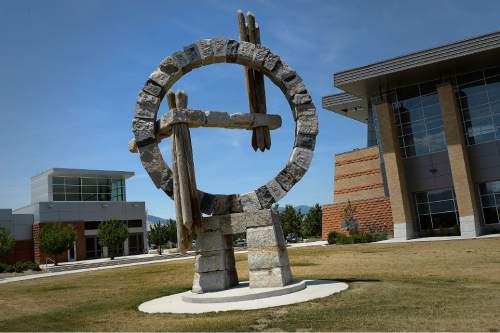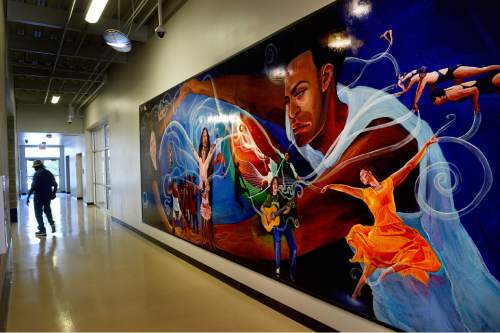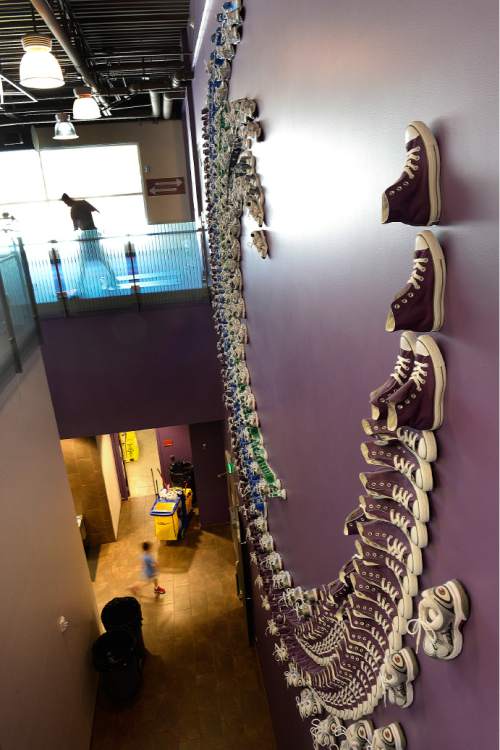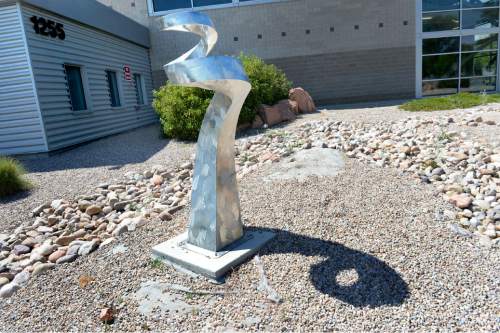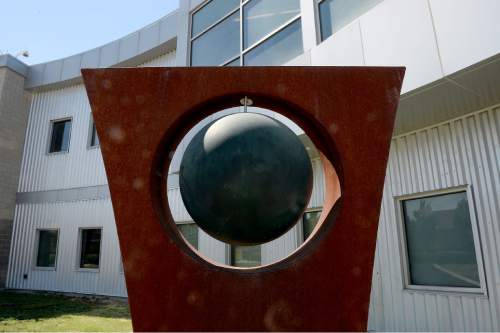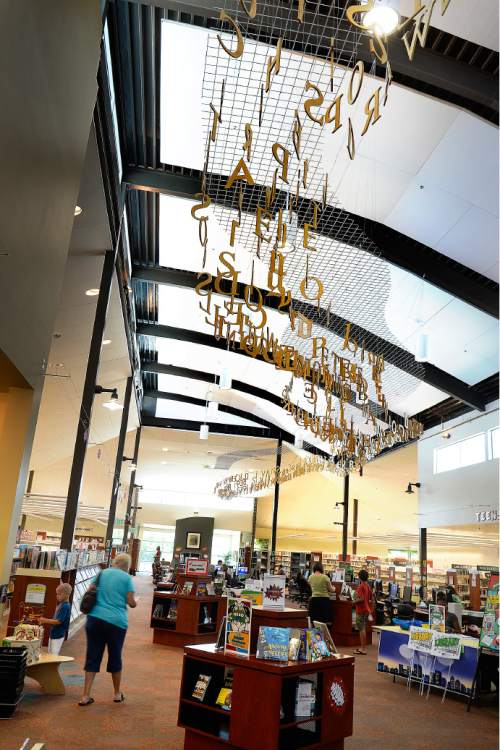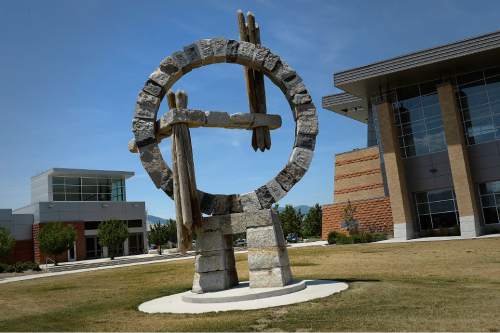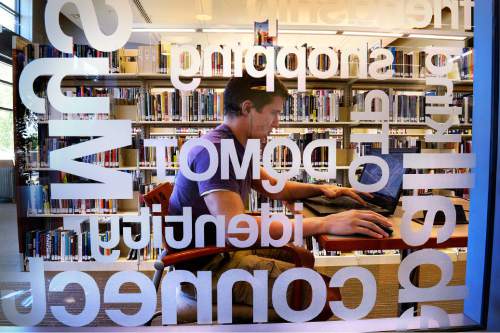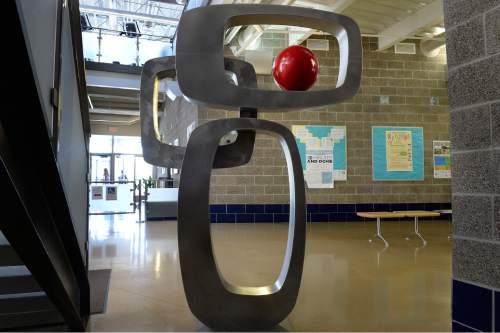This is an archived article that was published on sltrib.com in 2015, and information in the article may be outdated. It is provided only for personal research purposes and may not be reprinted.
How much of a commitment should Salt Lake County make to funding public art?
That point is debated periodically in County Council discussions, most recently in connection with the application for parks and recreation projects to be built with a projected $75 million bond headed for the 2016 ballot, a bond that will be underwritten partially by Zoo, Arts and Parks (ZAP) funding.
The application form originally contained a sentence in which the proponent pledged to support applying 1 percent of the funds available to public art.
But the required commitment was softened last week after a vigorous debate that contained references to Philistines and cannibals.
Now, potential board members just have to be amenable to having up to 1 percent of available funds being set aside for art, with the Republican-led County Council ultimately deciding how much money to allocate on a case-by-case basis.
"We're not saying we won't [put money into art], but it's our prerogative," said GOP Councilman Steve DeBry, who crafted compromise language acceptable to both sides in the largely partisan debate.
Council Chairman Richard Snelgrove, a fellow Republican, initiated the latest challenge to setting aside 1 percent of new building construction costs for public art, a county practice since 1985, when the County Government Center opened on 2100 South, said county public art program manager Valerie Price.
"Art is fine," Snelgrove said. "But by spending 1 percent for art, aren't we then taking money off the table that could be used for other recreation projects, like [park] restrooms? … I don't doubt the importance of art in the community, but over $75 million, 1 percent is a substantial amount of money."
He then made a motion to strike the commitment-to-art line entirely from the job-application form, sparking spirited responses from council Democrats, most vocally Jim Bradley and Jenny Wilson.
"That's what the Philistines would have done," said Bradley, referring to biblical people who have come to be equated with being disdainful of intellectual or artistic values.
"We have to really evaluate the value that we place on art in general as civilized people in a civilized nation," he added. "There's a certain brand here and it goes back to 1847, when the Mormon church made it very clear that culture and art were important parts of the community. The street art we see along TRAX stations, we take it for granted because it's there. But if you were to go through this city and take away this art, you would have one of the most boring cities in the world."
Wilson said she was "incredibly proud" of what Salt Lake County has accomplished through its oversight of the Center for the Arts, ZAP and other means of promoting arts and culture.
"It's who we are," she said, contending new county buildings that incorporate public art are "welcoming compared to the old dilapidated 1970s buildings that nobody cares about."
Councilwoman Aimee Winder Newton backed Snelgrove's position, insisting that she supported the arts but did not believe the council should be forced to invest 1 percent in public art. Instead of putting a piece of artwork next to a trail, she hypothesized, the county should have the ability to put that art money into a second trail.
"We have to make sure the [investment in art] is an option," she said, "not absolutely necessary."
DeBry split the difference between the Democrats' desire to keep the 1 percent goal intact and Snelgrove's aim to remove it altogether.
His compromise — saying new building construction may include funding for public art, at the council's prerogative — won unanimous council approval.
The council hopes to have the 17-member selection committee in place this fall to begin evaluating proposals to be included in the bond. Its proceeds are expected to be divided into two pots, with about $50 million going to new projects and the other $25 million to maintain or improve existing facilities.


